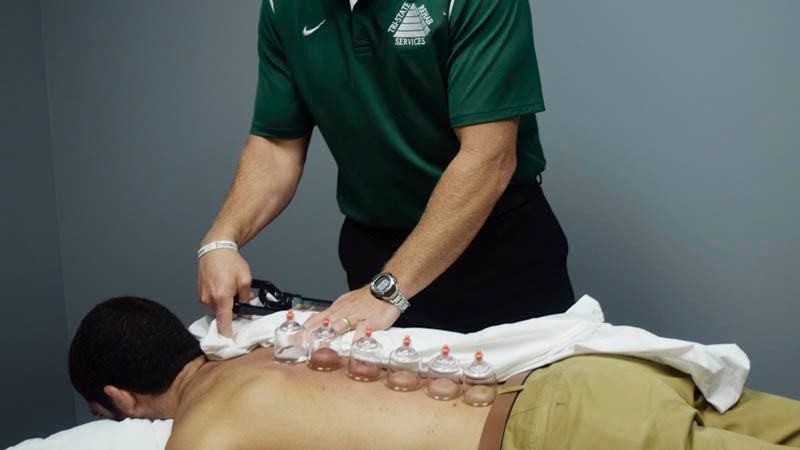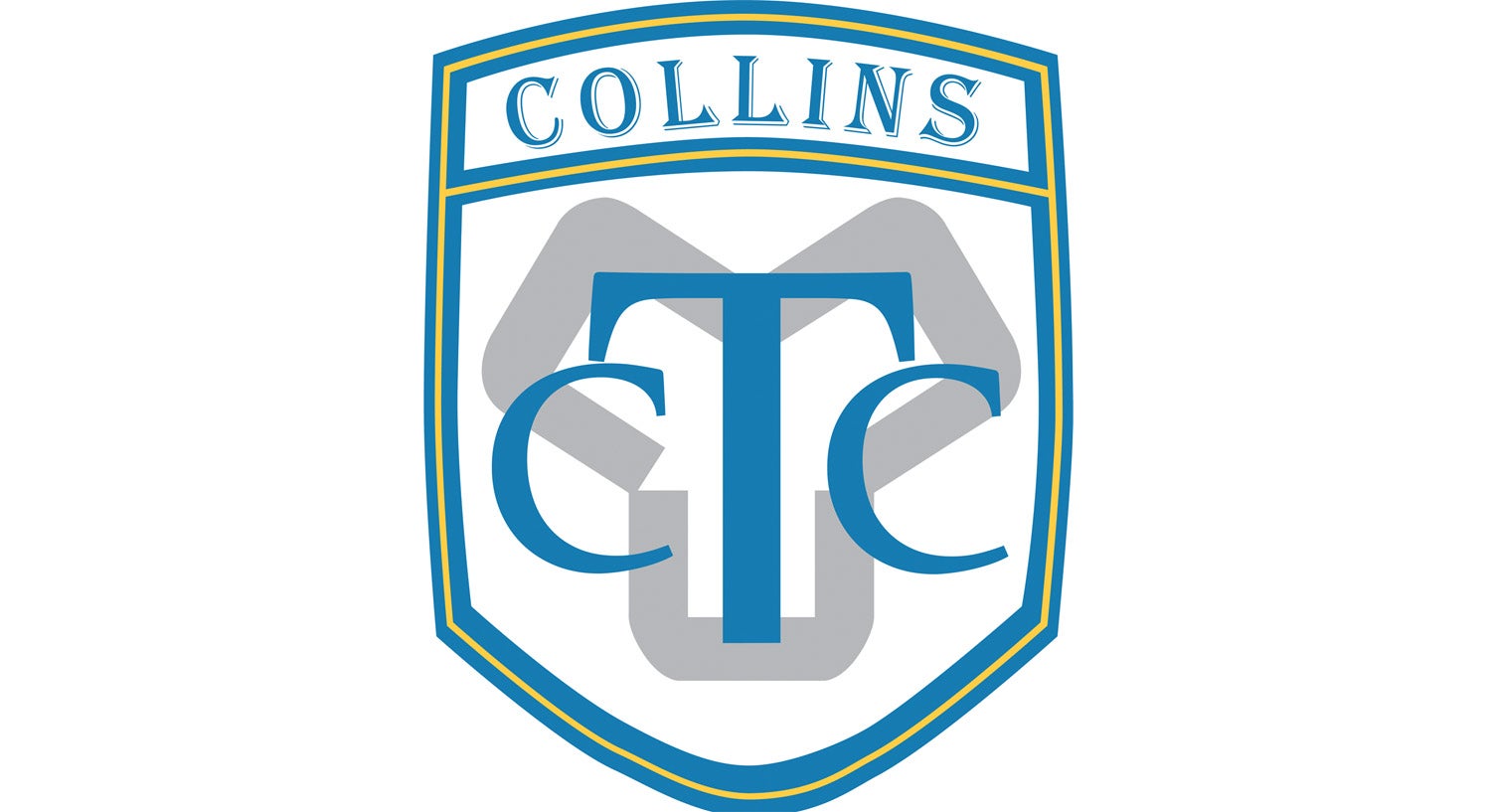Eastern medicine approach
Published 10:42 am Thursday, August 18, 2016

- Dave Coburn, director of Tri-State Rehab, demonstrates the cupping or vacuum therapy technique on staff member Titus Franz at the company’s Ironton location on Tuesday.
Cupping therapy offered at Tri-State Rehab
A form of therapy, dating back to ancient times, which has recently gained prominence with Olympic athletes, is being offered by a local business.
Cupping, or vacuum therapy, in which suction cups are attached to the skin and the air removed, has been a popular topic in the media, notably due to Michael Phelps’ use of the practice.
Dave Coburn, director of Tri-State Rehab, said the company has offered the practice for about eight months, after staff members took a course at Dennison University and brought it back for use at all of their sites.
“It’s an old eastern medicine that has trickled its way into the western world,” he said. “It’s been used sporadically in the past, but, lately, it’s been popping through in sports, with athletes using it to get back from injuries.”
Coburn said the cup creates negative pressure on the skin, and creates pressure, which pulls the blood to the area.
“When people have a pulled hamstring, the first thing they do is grab and massage,” he said. “This does that for them.”
He said the therapy is a tool that staff members use, but it is “not a cure-all.”
“We use it in relation to physical therapy,” he said. “It does seem to remove tightness.”
Coburn said the effect creates a healing process that will cause an injured area to restart.
“It increases the healing process by 50 percent,” he said. “An injury that would take six weeks to heal can heal in 2-3 weeks.”
He said there are some minor drawbacks, such as muscle soreness.
“And, depending on the sensitivity of the skin, some bruises will occur,” he said of the marks left behind, which take about 10 ten days to fade.
“You may get a bruise, but it’s painless and it’s not a big deal,” he said.
Coburn demonstrated the technique on staff member Titus Franz, who lied down on the massage table while Coburn attached several cups to his back, first demonstrating a dragging technique, where he moves the cups up and down to spine to see where redness occurs.
He said the swelling from the cups can be used as a “diagnostic tool,” allowing him to discern which areas are tight.
“The redness helps us see where the problem is,” he said.
Coburn said a typical session would last about 20 minutes. When finished, the cups are released by squeezing a blub on each one.
Franz described the sensation of the process.
“It’s like the skin’s being stretched or sucked,” he said. “It’s like a suction cup. I feel numbness and a tingle.”
Coburn said the feedback from patients has been positive.
“People can’t wait to get it,” he said.
He said the Olympics have created an opportunity and “opened a door” for staff who employ cupping.
“It allows for people to better understand a tool that we use,” he said.
Cupping is a form of alternative medicine and is still up for debate with the medical community. For more information, consult your doctor.





